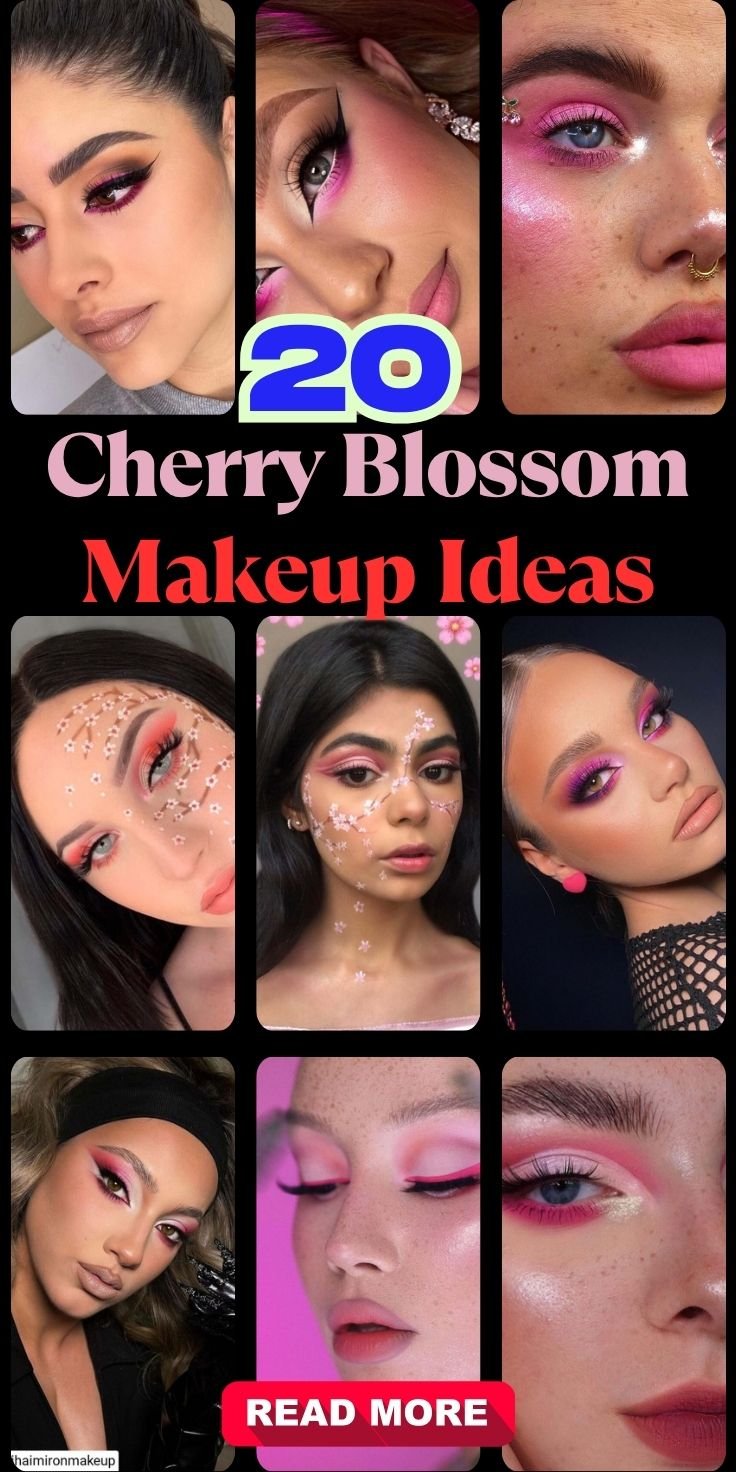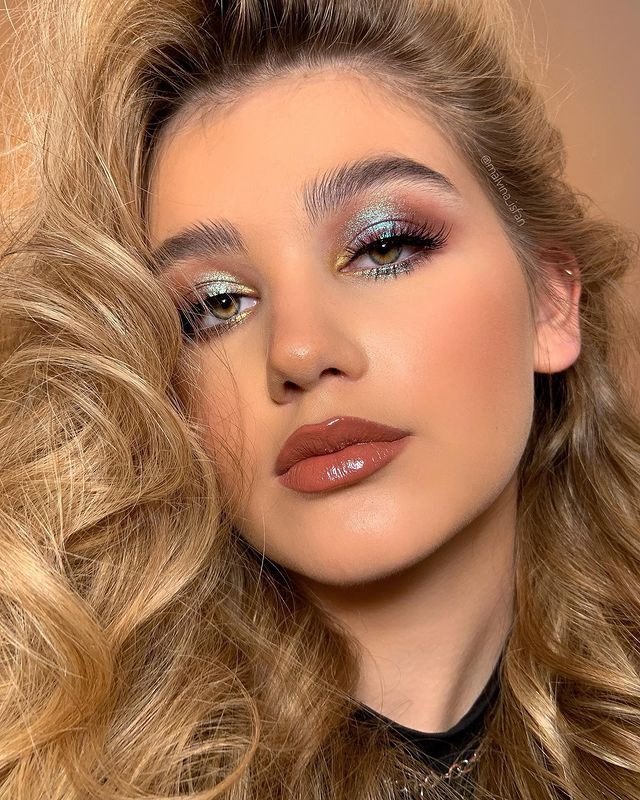What are contact lenses?
A contact lens is a thin, clear, curved lens placed on the surface of the eye and is naturally clear but is often given a tinge of colour that can enhance or change the hue of your eyes. While contact lenses are most commonly used to correct vision, myopia, presbyopia, hypermetropia, and astigmatism, there are contact lenses used purely for cosmetic and novelty purposes.
The price of contacts depends on various factors like your prescription and the type of contacts you buy. Daily contact lenses like Clariti start from $42 for a month's supply and $118 for a pack of 90 lenses.

The contact market in Australia has seen growth over the past few years and is expected to grow at a significant CAGR. Brands provide you with different contact lenses that can be used as a great alternative to spectacles. More than 680,000 Australians who are aged between 15 to 64 years wear contact lenses.
Contacts are comfortable and safe to use. There have been many advancements in making contact lenses, which are used to correct vision problems, are easy to adapt to, and are the preferred vision option for many people these days.
The benefits of wearing contact lenses
- Contact lenses can be worn daily and provide you with a full range of vision without any frames that can obstruct your vision.
- Unlike spectacles, they are ideal for sports and exercise and do not fog up.
- They provide a more natural vision and move with your eye.
- Contacts are safe to use effectively and are an alternative to refractive surgery.
- Colored contact lenses can completely change the hue of one’s eyes. They are available in a range of colours in many different designs for enhancing a person's look.
- It allows you unrestricted central and peripheral visual access.
Types of contact lenses
Soft contact lenses
These lenses are made through the latest optical technology procedure with soft and flexible plastics like hydrogel that allows more passage of oxygen through to the cornea.
- Soft contacts are easier to adjust and more comfortable duet to their flexible plastic material.
- They are more comfortable as compared to rigid gas permeable lenses.
- Due to their adaptable design and material, they are compatible with anyone who wants to wear contacts.
Rigid gas permeable lenses
These lenses are made of durable plastic, are resistant to deposit buildup, and give a more precise, crisper vision.
- They are less likely to tear and are easier to handle.
- They are cost-effective and last longer.
- Professionals may recommend rigid gas permeable lenses for individuals with irregular astigmatism as these lenses provide a rigid fit.
Disposable Contact lenses
Disposable contact lenses are those which can frequently be replaced after use. Soft contact lenses also referred to as disposables by sellers, are actually for frequent replacement. Disposable contacts are available as daily, monthly, quarterly, and yearly disposable.
- Daily disposables are beneficial for traveling purposes so that you don't need to disinfect and clean them constantly after each use.
- Monthly disposable lenses can be replaced after using them for 29 days.
- A contact lens solution would help disinfect, clean and store the contact lens.
Toric contact lenses
These are prescribed for patients who require cylindrical correction and are used to treat various eye issues such as nearsightedness, astigmatism, and farsightedness. These lenses have mechanisms for stabilizing the lens and avoiding any axial rotation. Toric lenses are safe for extended usage as they are exceptionally breathable.
- Toric lenses have refractive powers on the vertical and horizontal orientations.
- They can be worn for extended periods at a stretch.
- They have high breathability and are also available as daily disposable contact lenses.
It is vital that you pick a lens best suited for you and choose trusted brands that fit the Australian standards, such as Clariti.
Always remember that professional advice is required to determine a contact lens prescription. This includes the type, material, size, power, and curvature. All contact lenses supplied in Australia must have an optometrist's valid contact lens prescription.




